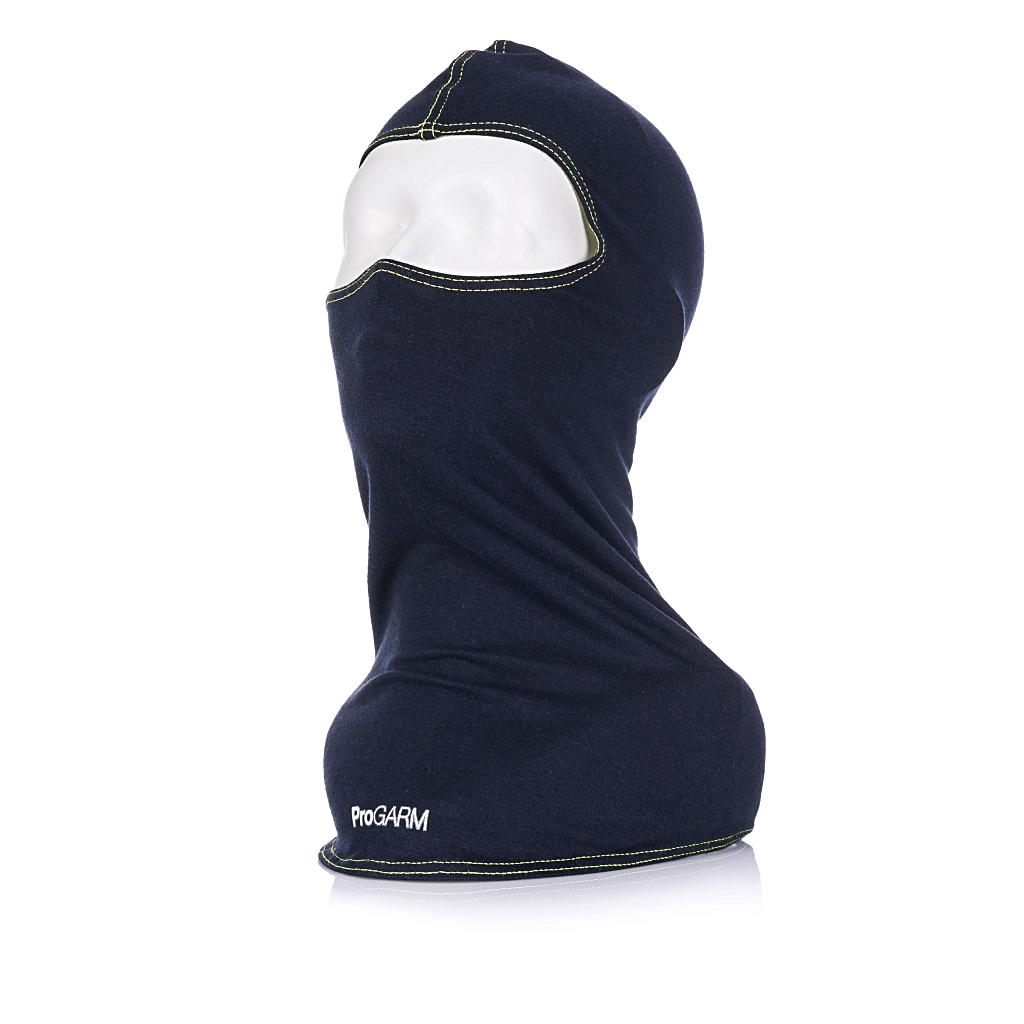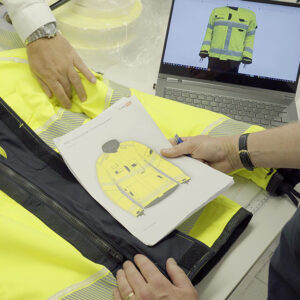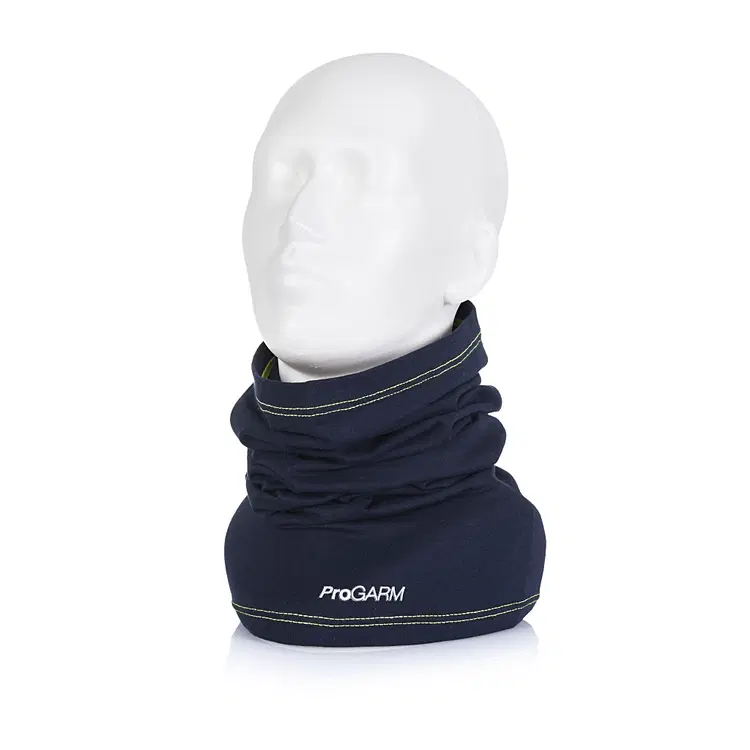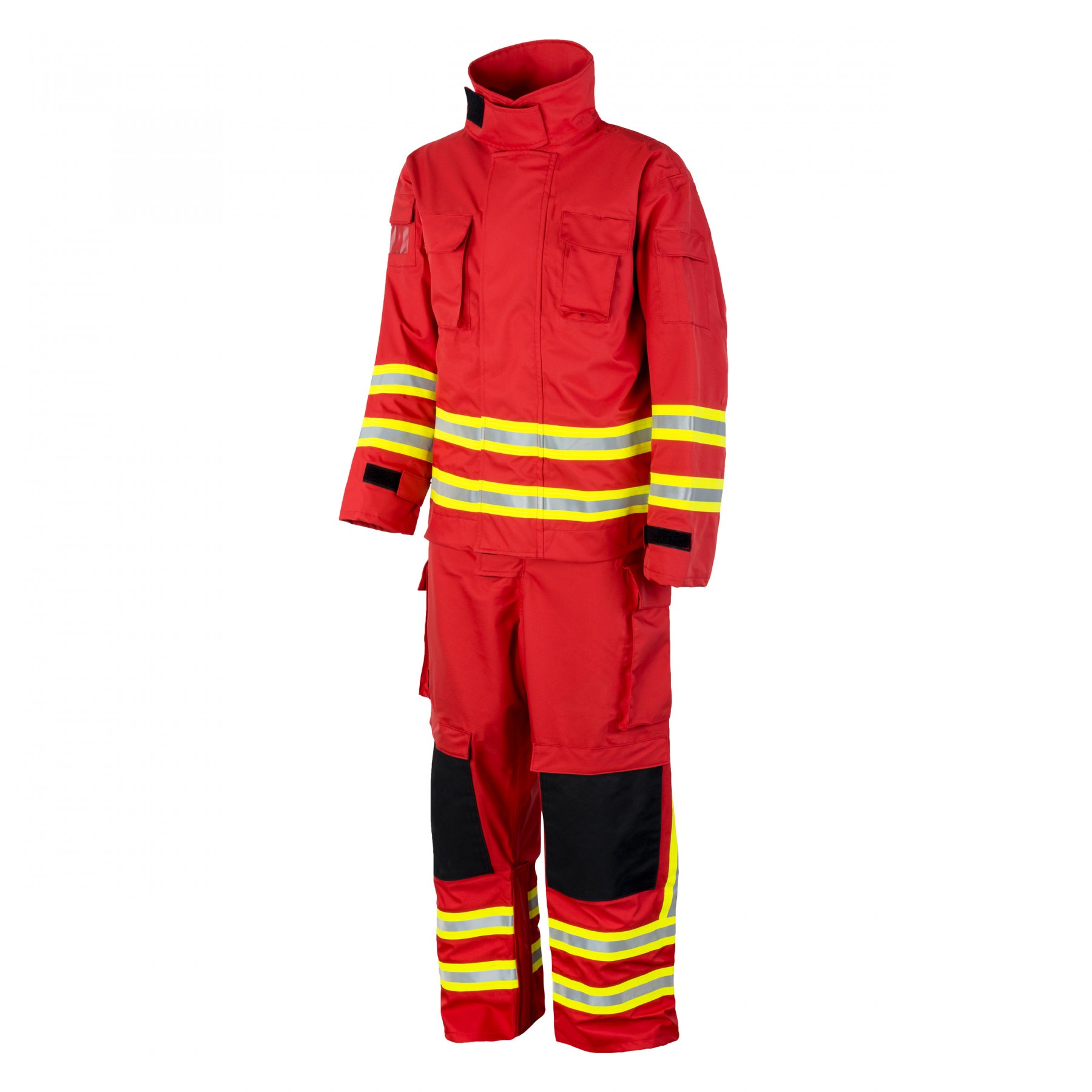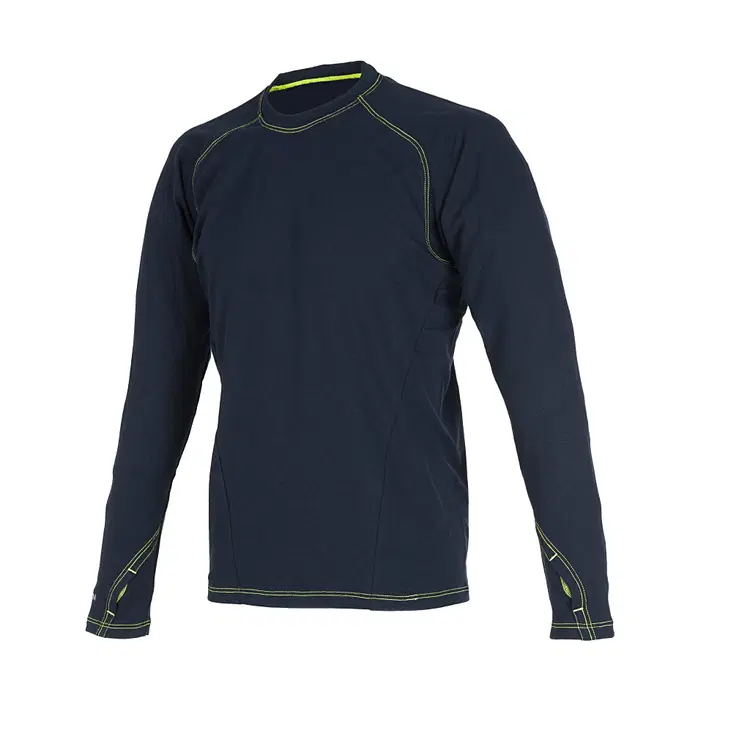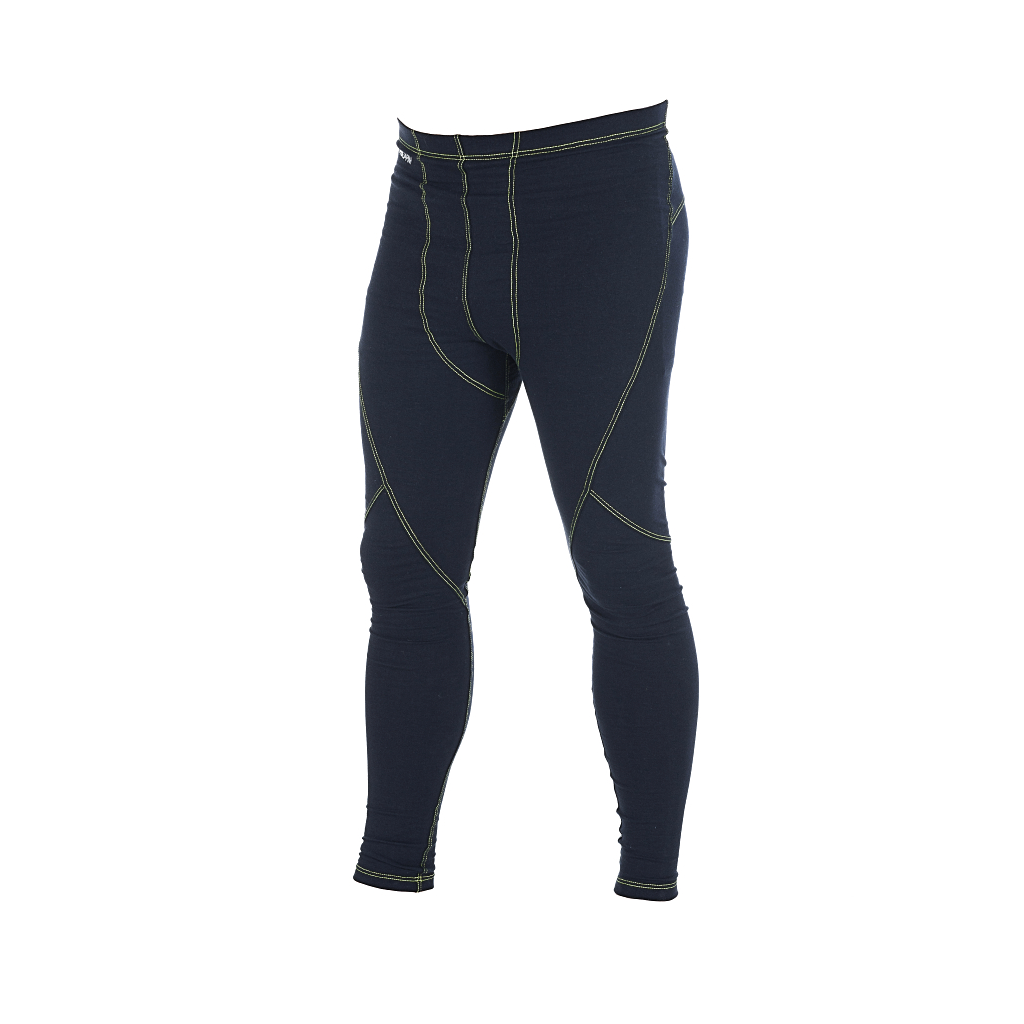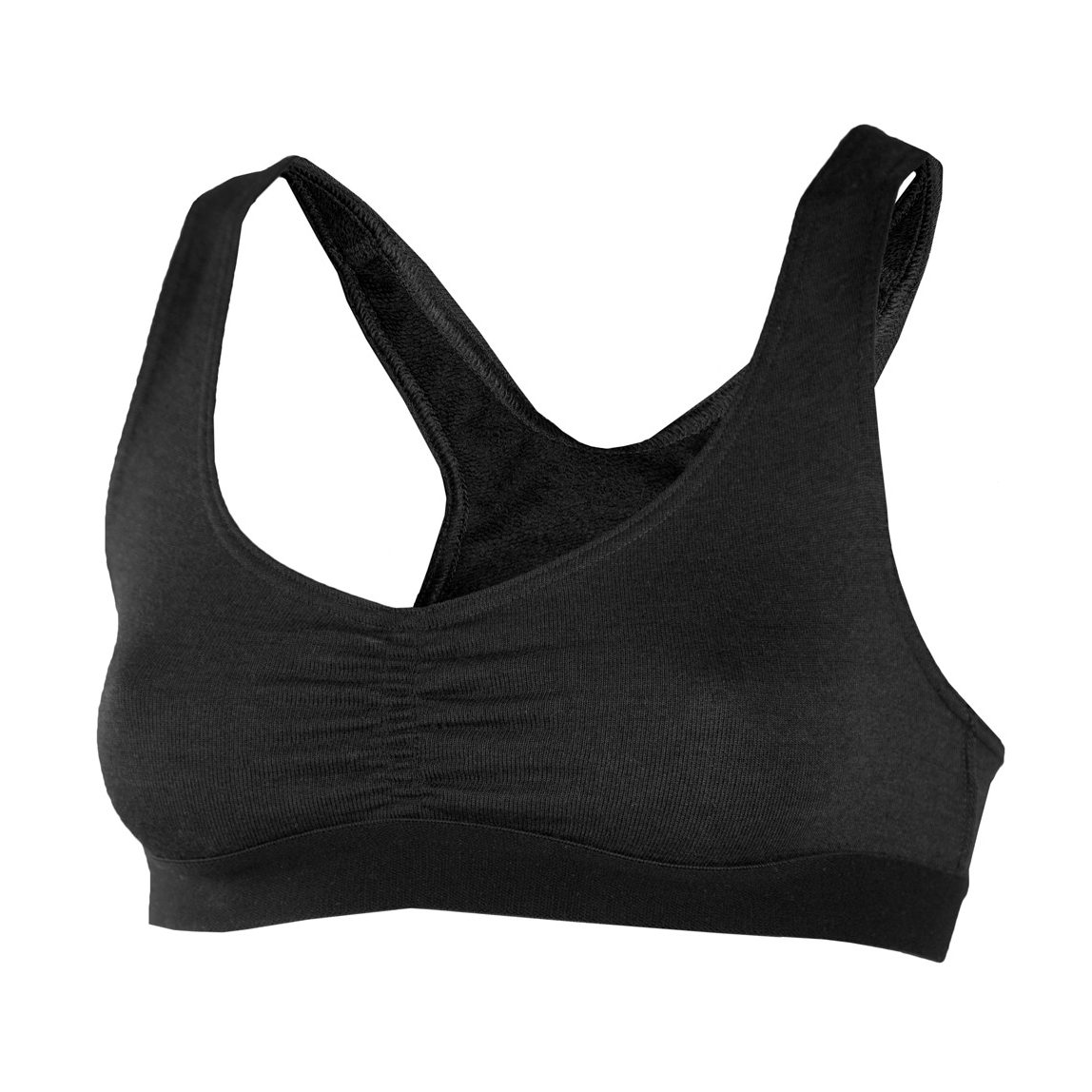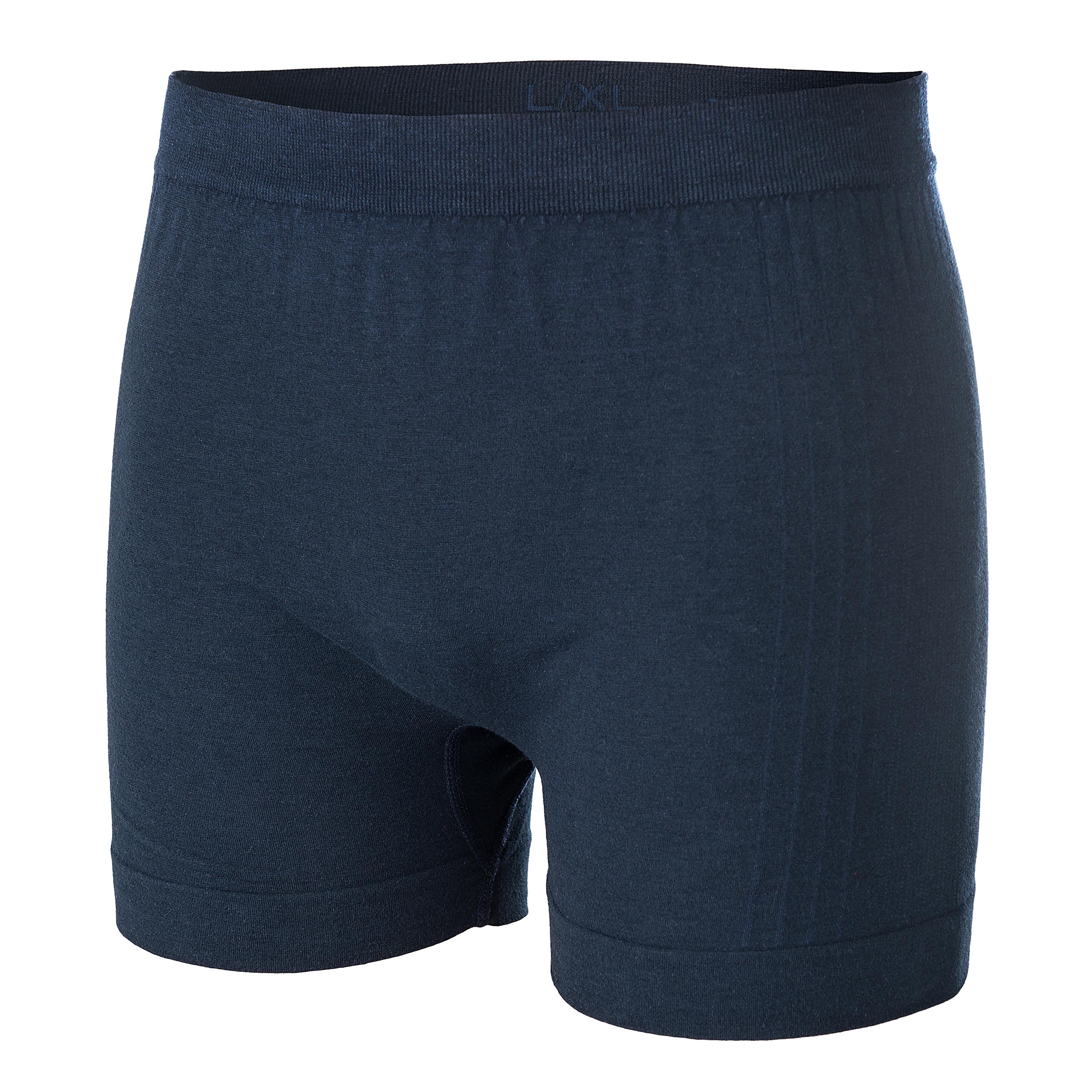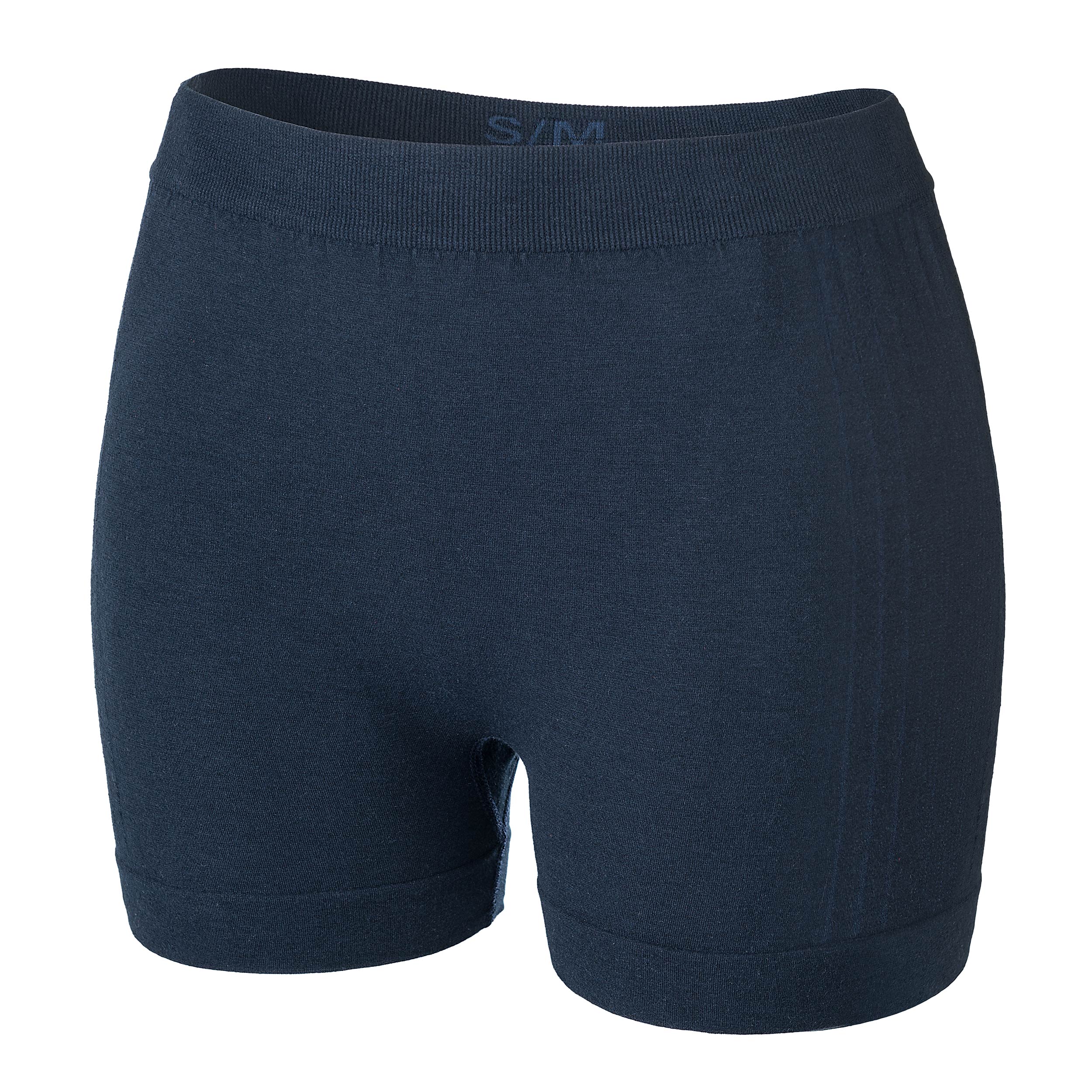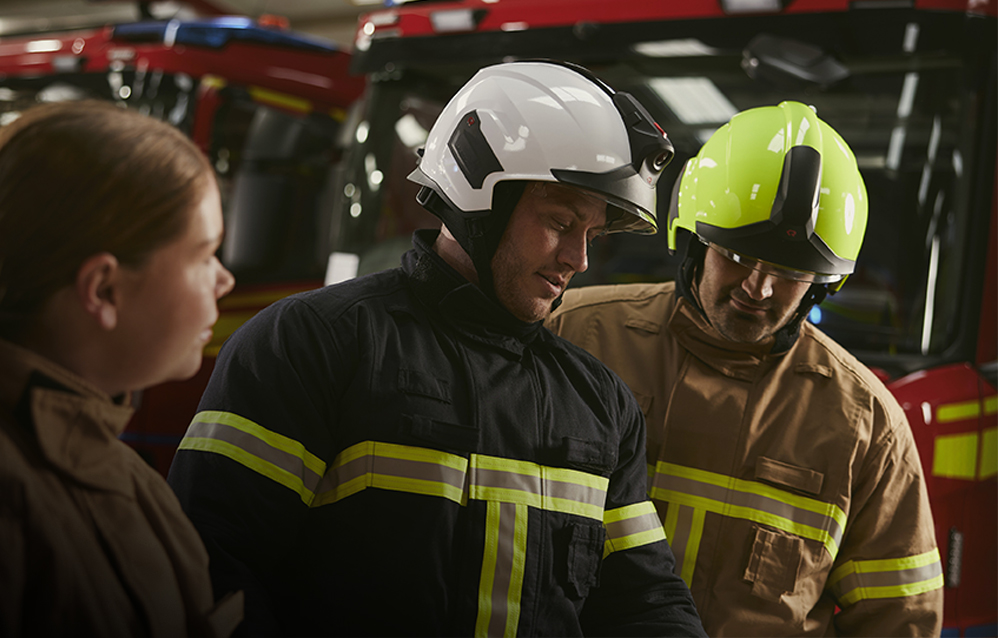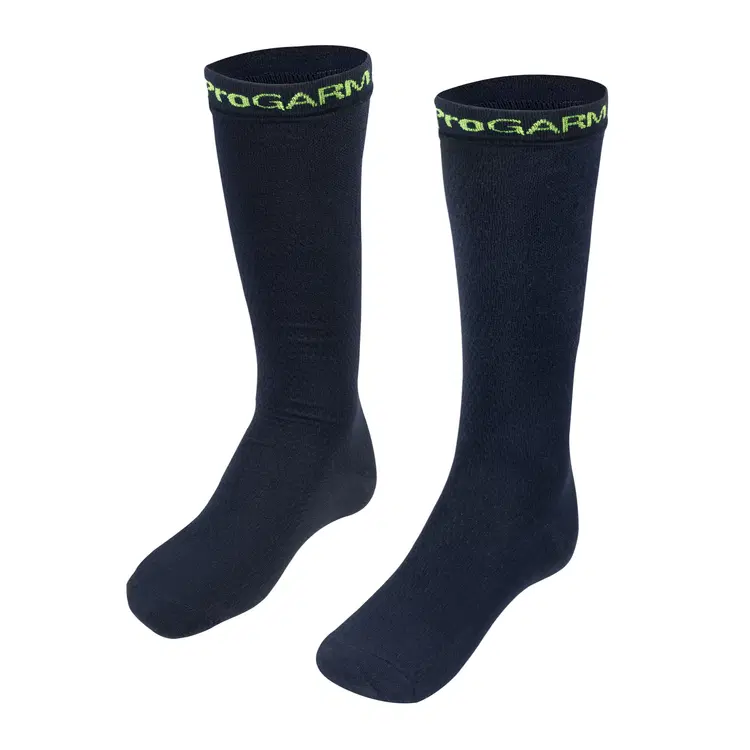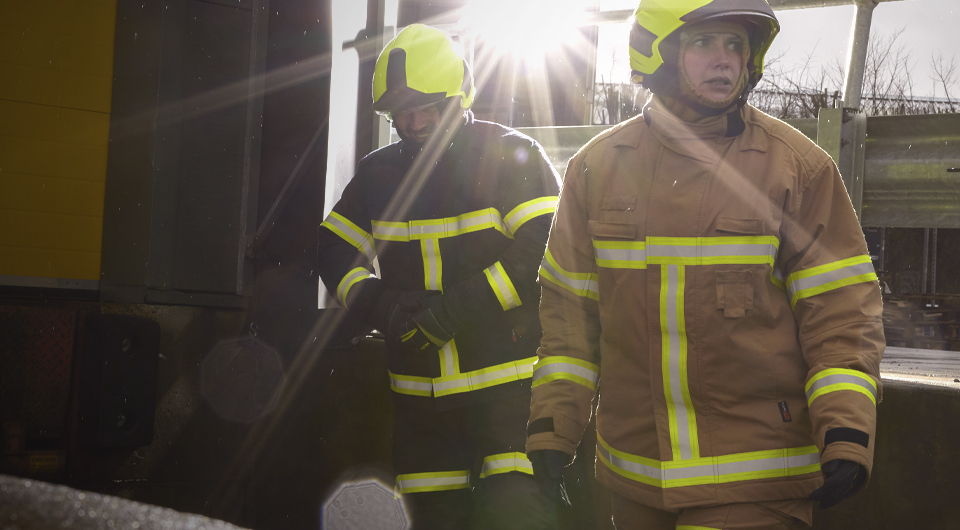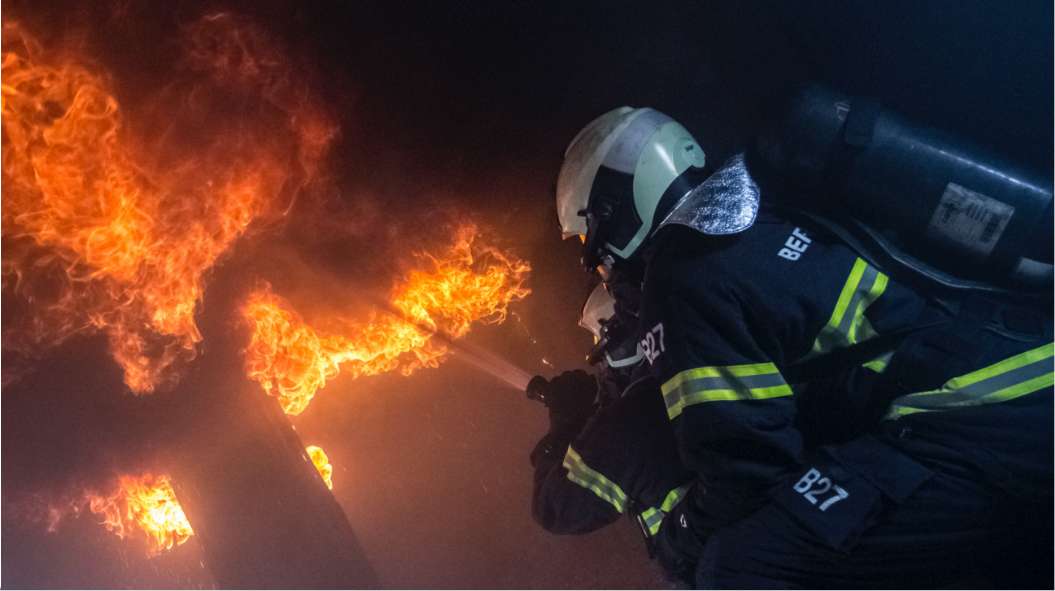The Must-Know Checklist for Specifying Firefighter Gloves
When you’re in procurement, gloves are often one of the last pieces of kit to get a proper look in. But the truth is, the right gloves can make all the difference. Not just in protection, but in how firefighters perform under pressure. Check out FlamePro’s firefighter gloves range here.
This guide is here to cut through the noise. Whether you’re replacing stock or specifying gloves for your entire service, we’ll walk you through the essentials:
- The difference between structural and rescue gloves
- What to look for in performance
- The key standards that matter
Structural vs Rescue Gloves: Know the Job
Not all gloves are created equal. It all comes down to what the job demands.
Structural Gloves
These are your frontline fire gloves. Designed to take on high-heat, high-risk environments, they offer thermal protection, cut resistance, and grip, while still letting crews do the job. If your team’s heading into a burn, these are the gloves they need.
Rescue Gloves
Think RTCs, line rescues, or technical extrications. These gloves aren’t built for flames, they’re built for control, grip, and fine motor skills. Your team needs to handle broken glass, twisted metal, and tools without losing dexterity.
What to Look for in Structural Firefighting Gloves
Heat and Flame Protection
Top of the list, no excuses. Look for gloves certified to EN 659:2003+A1:2008, built with flame-resistant outer layers, thermal barriers, and moisture membranes. Protection from heat, flame, and flashover is non-negotiable.
Dexterity
Bulky gloves can slow a firefighter down. Go for a design that offers tactile control, flexible joints, and pre-curved fingers. The best gloves feel like an extension of the hand, not a padded hindrance.
Grip
Whether it’s a wet ladder or a slippery halligan, grip matters. Palm design, finger texture, and materials all play a part. Look for gloves that keep hold of tools no matter the conditions.
Moisture Management
From sweat to spray, dry hands stay functional. A good waterproof membrane that still breathes is essential. Wet hands are cold hands and cold hands lose feeling fast.
What to Look for in Rescue Gloves
Cut and Puncture Resistance
Crews working RTCs or technical rescues deal with sharp metal, jagged glass, and more. Gloves need to stand up to that – look for certification to EN 388, with strong scores on blade cut and puncture resistance.
Precision Handling
Whether it be seatbelt cutters to patient care, rescue gloves need to be precise. Slimmer profiles, soft touch, and enhanced fingertip feel are the name of the game.
Comfort and Breathability
These gloves are worn longer, often during extended rescue operations. Comfort matters. Think breathable fabrics, moisture-wicking linings, and a secure, snug fit.
Grip
Again, grip is critical. Whether wet, oily, or covered in debris, a glove that can’t hold on is a liability.
Enhanced Visibility: Now Featuring VIZLITE® Glow-in-the-Dark Technology
We’ve added another layer of safety to our gloves, VIZLITE® DT glow-in-the-dark technology. It’s not just on our suits, it’s also built into our gloves too.
In low-light or no-light situations, whether that’s a smoky structure or a night-time RTC, VIZLITE® helps crews see each other’s hands more clearly, improving coordination, communication, and safety. No batteries. No switches. Just smart, self-charging phosphorescent technology that works when it matters.
It’s a small detail that makes a big difference.
Fit and Comfort – don’t skip it
You can spec the most high-tech glove in the world, but if it doesn’t fit, it won’t perform.
- Get the size range right: Different hands need different fits. Don’t settle for one-size-fits-none.
- Anatomical design: Gloves shaped to match the hand’s natural curve improve movement and reduce fatigue.
- Wrist protection: Look for gloves with snug-fitting cuffs or adjustable closures to keep out debris, heat and water.
Better fit = better performance = safer crews.
Compliance and Standards
Let’s talk certification. When you’re specifying PPE, you’ve got to know the gloves meet the mark.
Key Standards to Know:
- EN 659 – Structural firefighting gloves. This is the gold standard.
- EN 388 – Mechanical protection: cut, abrasion, tear and puncture resistance. Vital for rescue gloves.
- EN 407 – Thermal hazards: heat resistance, contact heat, and flame spread.
- EN 420 – Basic glove safety, fit, and construction.
Durability and Maintenance
Firefighting is relentless. Your gloves need to be too.
- Reinforced construction: We’re talking double-stitching, wear patches, and tough outer layers that don’t give up after one hard shift.
- Washability: Easy-to-clean gloves reduce contamination risks and extend kit lifespan. Make sure the gloves can handle decon and regular laundering.
- Cost over time: The cheapest glove isn’t always the best value. If you’re replacing them every few months, it adds up. Invest in durability and you’ll spend less in the long run.
Choose like it matters, because it does
The right gloves aren’t a tick-box exercise. They’re a tool, a line of defence, and a lifeline for your crews.
Our team at FlamePro can help find you the best firefighter gloves with real-world performance in mind.
Need guidance? Trials? Tech spec support? Talk to our team.
